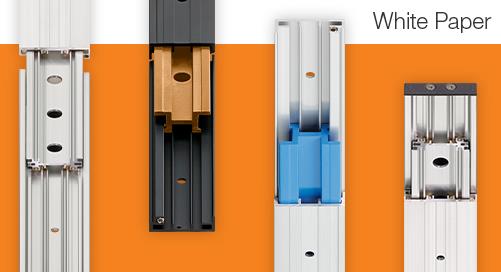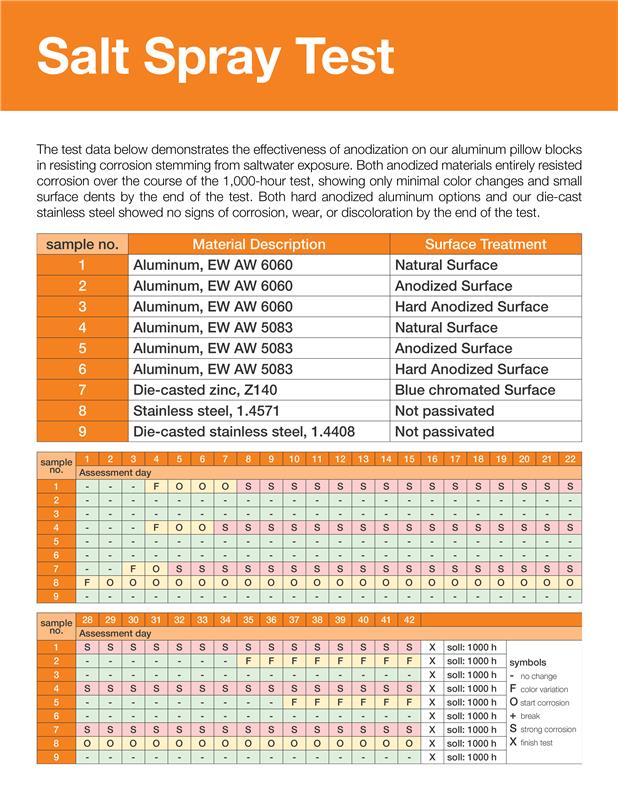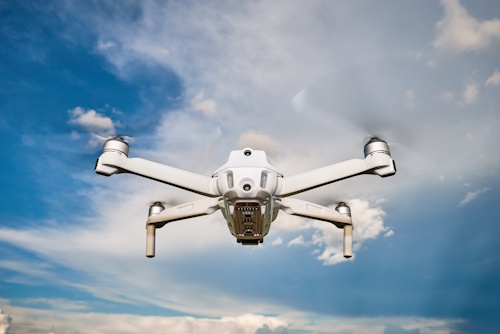What the Heck is a Linear Plain Bearing?
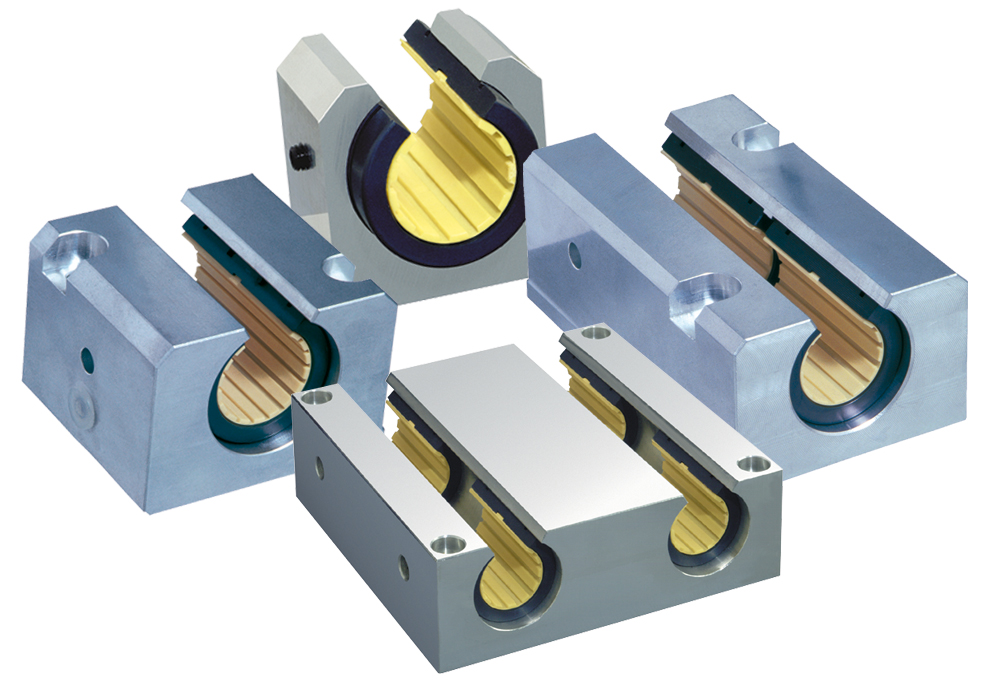
Although I have worked at igus® for over 20 years, my mom still thinks that I work for a ball bearing company, and so do most of my friends. Maybe Fletch had a point back in 1985; however, it is in fact not all ball bearings nowadays—coincidentally, 1985 was the year that igus® Bearings opened in the USA.
According to Wikipedia, the invention of the bearing may pre-date the invention of the wheel—that's a serious mind-bender. Since that time, the general idea of bearings has evolved into many different bearing types with various geometries, yet many people are still relatively unfamiliar with plain bearings—or, they at least do not recognize them as “bearings” since they do not operate according to a traditional rolling principle, and instead, slide. However, plain bearings play an extremely important, and continually growing, role within numerous applications. Usually, the main benefits of plain bearings are that they are compact, lightweight, quiet, and are less costly than ball bearings. Depending upon the material that they are made from, they may also be maintenance-free and dry-running.
In extremely general terms, bearings can operate in a few different ways, which I will explain using some household analogies, just in case you are new to the world of bearings:
- They fully-rotate around a shaft, like a ceiling fan, clothes-dryer, or roller-skate wheel.
- They pivot or oscillate around a shaft, like windshield wipers or a door pivoting on a hinge.
- Linear motion—which instead of rotating around a shaft, slides along the length of it. Examples of linear motion that you may be familiar with are: the drawers in your kitchen, the rails that guide the seats back and forward in your car, or your sliding door. Sometimes, there may even be a combination of linear and pivoting motion at the same time.
Ball bearing vs. plain bearing, what’s the difference?
By definition, a bearing is a device that bears the load and reduces the friction between two parts within a moving system. Ball bearings use small metal rollers to perform this function, and in linear applications, ball bearings require a hardened steel shaft or guide rail to function properly while not damaging the shaft. On the other hand, a plain bearing operates much simpler in regard to linear motion applications. Despite the fact that the bearing itself is moving along the shaft or rail, linear plain bearings actually do not involve any moving or rolling parts. Plain bearings are also able to operate on softer stainless shafting, and are commonly used on anodized aluminum shafting (to learn more about shafting materials, read this post) There is a time and place for both ball bearings and plain bearings, and it all depends upon your application requirements.
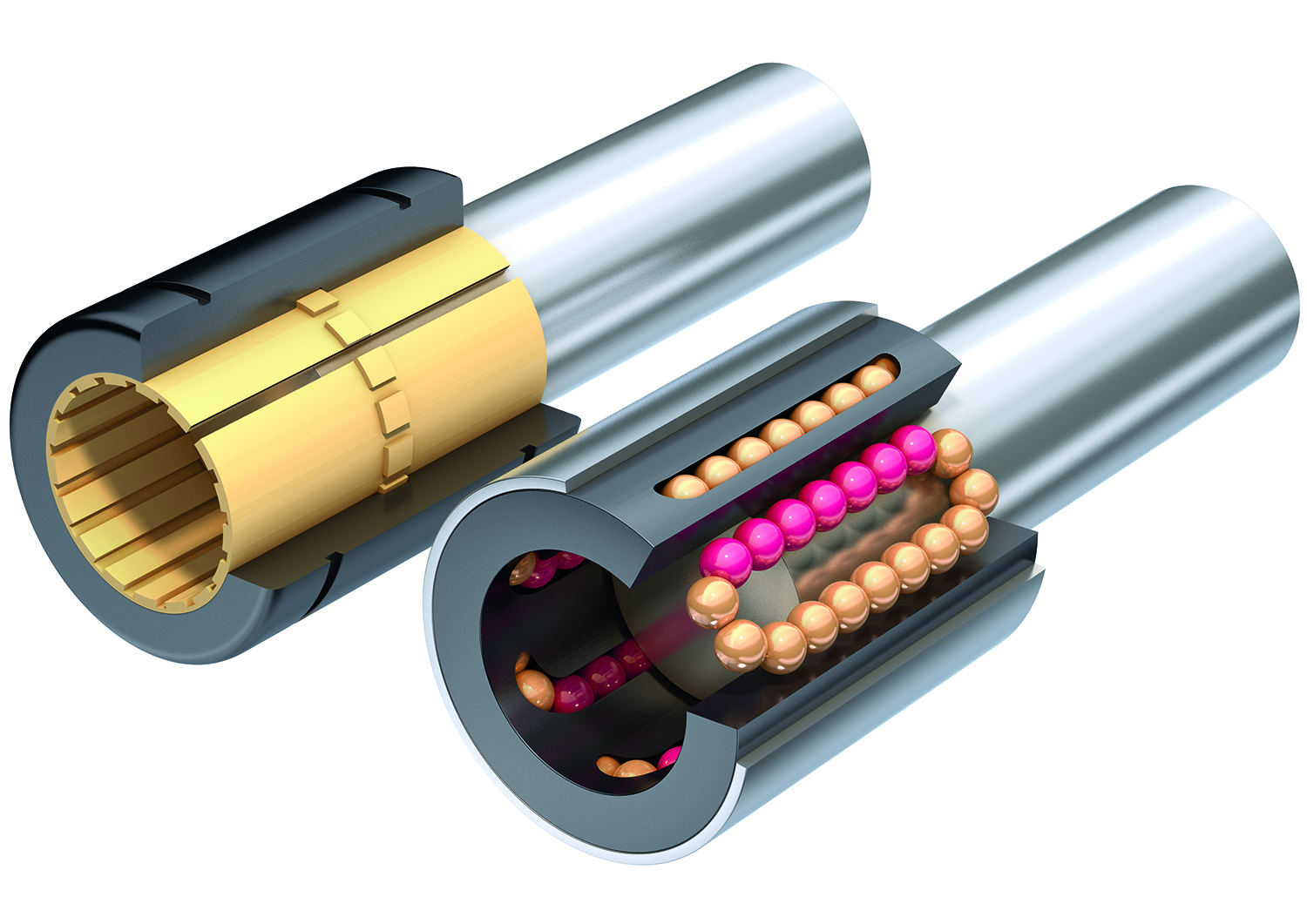
Are There Different Materials Involved?
There are many different materials that are used to produce plain bearings, including sintered bronze, brass, and stainless steel, which typically require external lubrication like grease, oil, or even graphite to function properly. However, there are many bearing materials that do not require external grease or oil, such as ‘simple plastics’—like base nylon or Delrin—or others made from more composite-based materials. These types of plain bearings will sometimes utilize a metal shell that houses a bonded bearing liner made from a fluoropolymer material that is impregnated with PTFE, while others, like igus® linear plain bearings, use special thermoplastic polymer materials as bearing liners. These polymer-based bearings use basic polymers that predetermine the general tribological, mechanical, thermic and chemical properties of the bearing, which are then combined with fibers and filling materials to provide the bearings with a high mechanical load capacity. Additionally, solid lubricants are embedded into the material to significantly optimize wear and friction.

Base plastics with reinforcing fibers and solid lubricants at 200x magnification & colored
Since composite and simple plastic style bearings do not require lubrication, they are ideal for many industries and applications:
- Lab automation, food processing or packaging machinery, where you do not want grease around for obvious reasons
- Furniture (including medical beds and aircraft/automotive interiors) where you do not want messy greases or oils to get on people
- Agriculture, or applications within very dirty environments, where you do not want to have grease dripping around, attracting all the dirt and dust into the system.
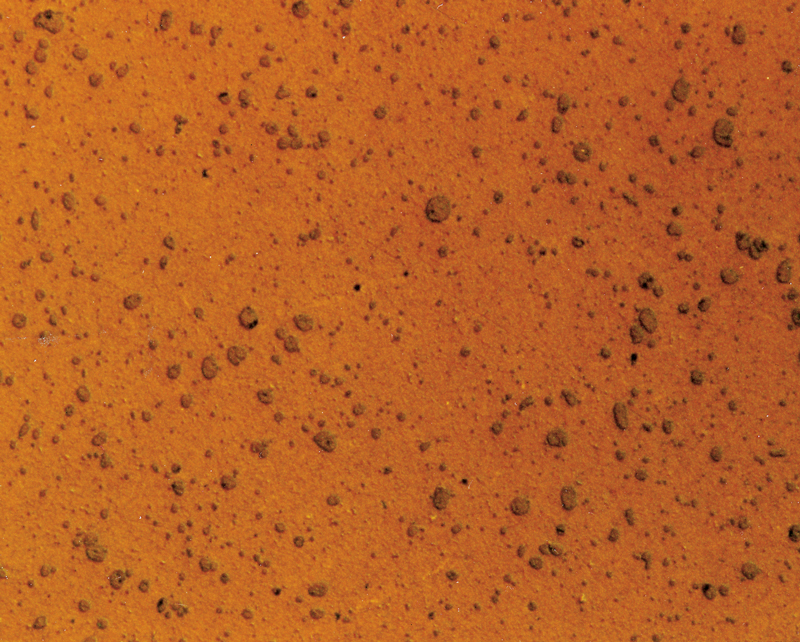
Base plastics without reinforcing fibers and solid lubricants at 50x magnification & colored
Hopefully this post provided you with some interesting insight into the general differences between recirculating ball bearings and linear plain bearings. I also wanted to clear the air in regard to plain bearings, and reassure the engineering community that despite not having roller parts, they are still bearings, both in function and form. In many cases, linear plain bearings outperform traditional ball bearings due to smoother operation with less maintenance, and longer service life.
For more information on using plain bearings instead of ball bearings for applications involving linear motion, visit our drylin® product overview. If you would like to speak with an expert about your linear motion application, please do not hesitate to contact our drylin Product Manager here.

